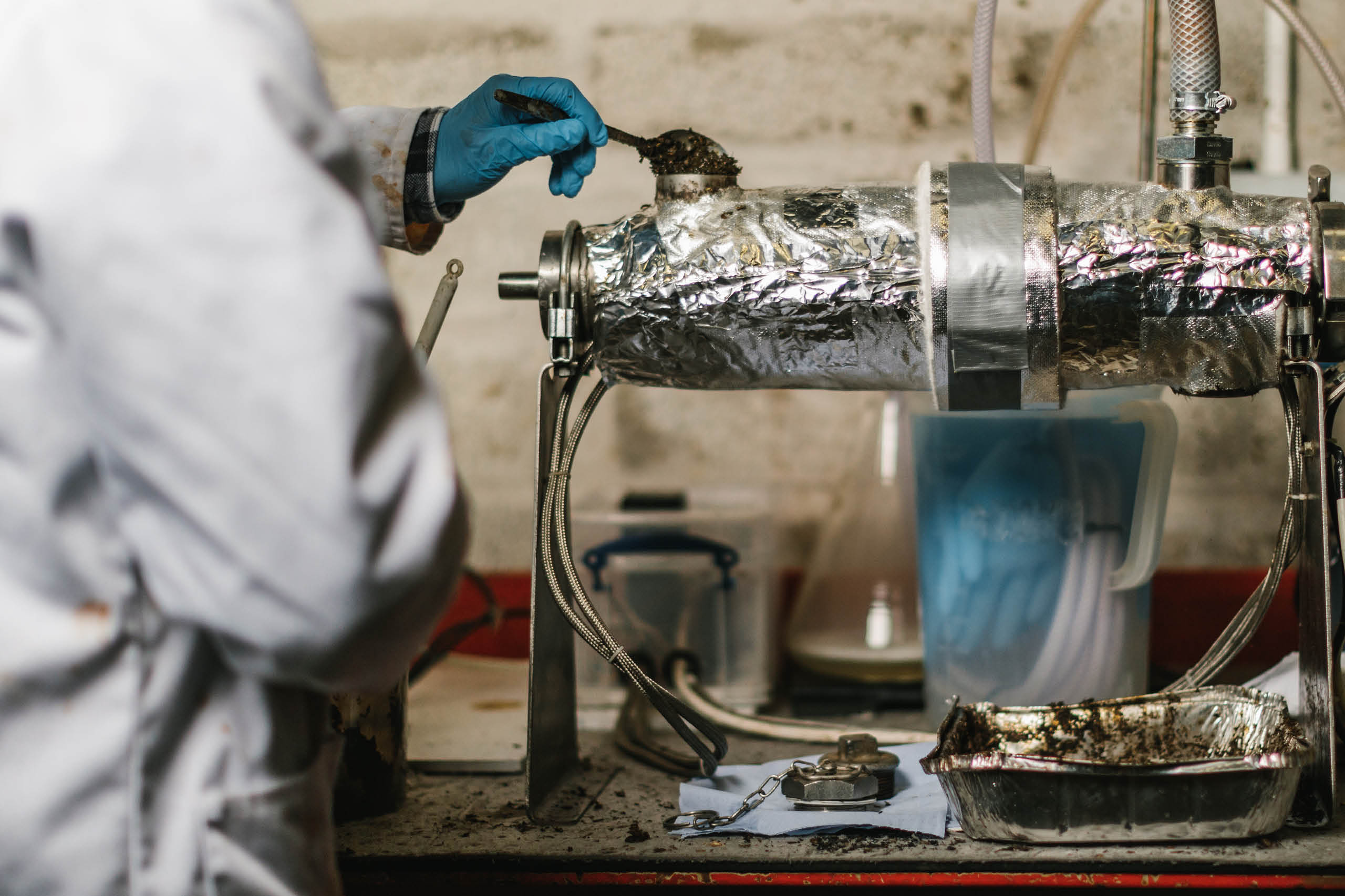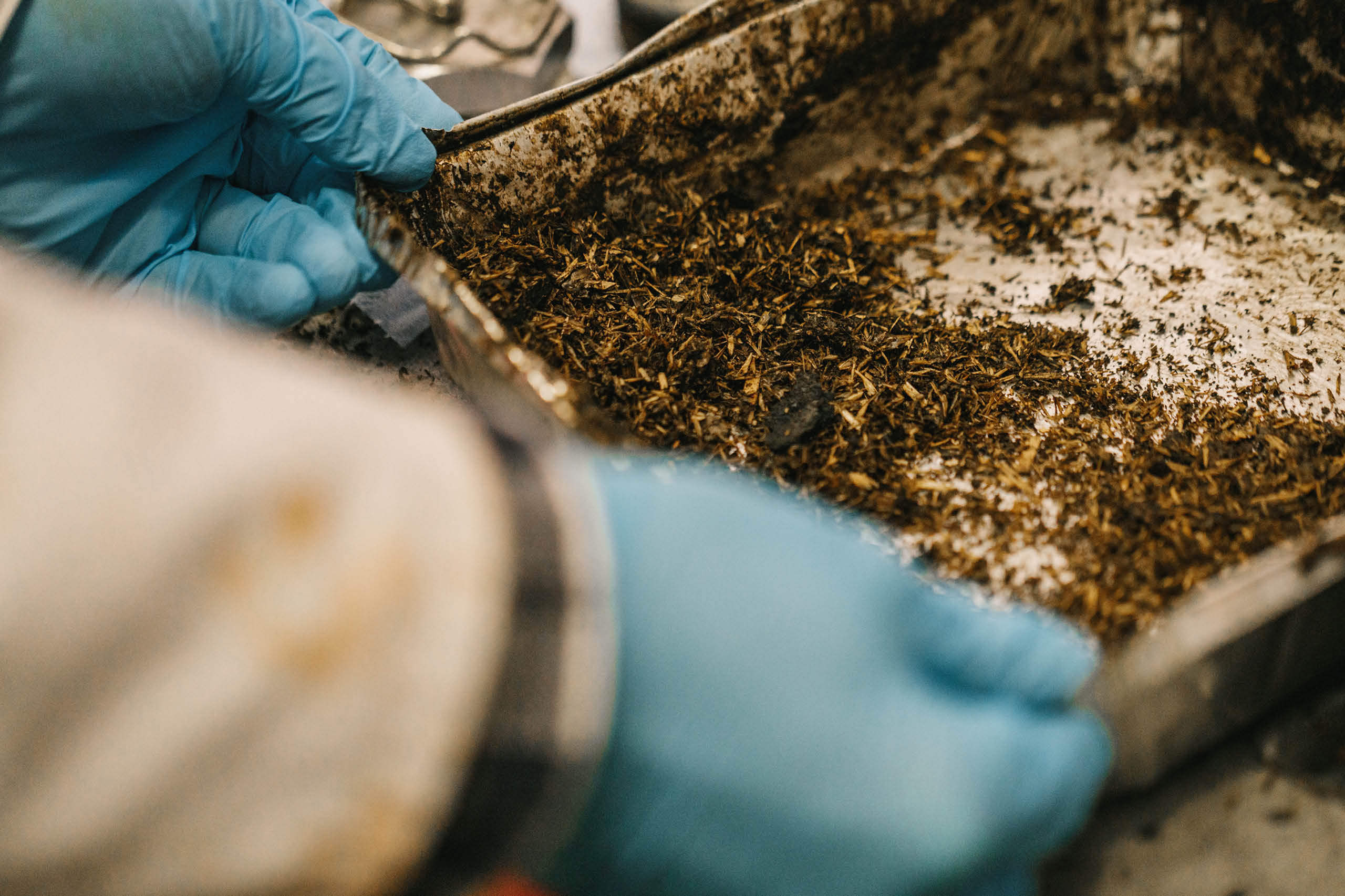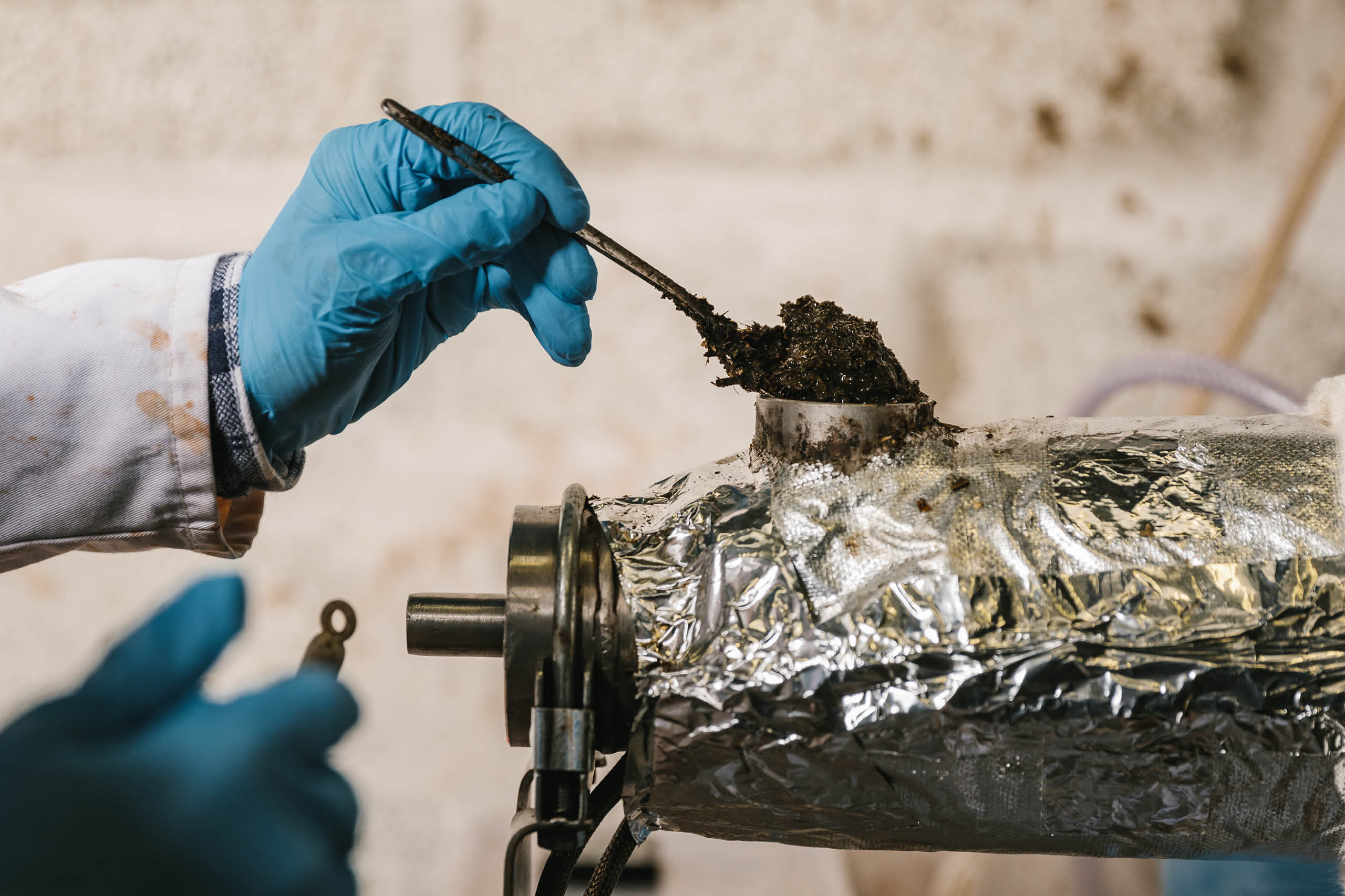- 30th Aug 2022
- Biogas
Sustainable Management of Digestate through H2OPE Technology
Overview
The Anaerobic Digestion (AD) and Biogas market has experienced significant growth due to the increasing demand for renewable energy resources, escalating energy costs, and stricter regulations on organic waste disposal. While AD proves to be a promising technology for converting various organic waste streams into bioenergy, the industry faces a substantial challenge in effectively handling, storing, and transporting the resulting by-product, digestate.
The resulting digestate contains valuable nutrients, including nitrogen, phosphorus, potassium, and organic matter, making it a nutrient-rich material that can enhance soil fertility. When treated properly, digestate can be used as a fertiliser to help farmers meet crop nutrient requirements without overloading the soil with specific elements, reducing the risk of Nutrient Vulnerable Zones (NVZs).
The Scope
SEM engaged their three near-term strategic customers with a view to validate whether digestate could serve as a viable feedstock for the nutrient recovery system, H2OPE. The primary goal was to evaluate the efficiency of this innovative system in managing digestate, separating solid and liquid phases to produce a natural fertiliser. The H2OPE process involves mechanical dewatering, nutrient transfer through our proprietary filter media, and thermal desorption in order to recover valuable nutrients as solid matter.
The feed study, which was conducted over a three month period, encompassed a range of activities, including geotechnical surveys, comprehensive environmental and technical due diligence and conducting systematic sampling of both digestate and soils. Furthermore, the investigation involved laboratory-based simulations of the H2OPE process and subsequent assessments of the by-products to ascertain their efficacy as fertilisers.
Digestate Sources:
Digestate from three different biogas sites in Northern Ireland were utilised for the study:
Site 1:
- Utilises one anaerobic digester.
- Digestate stored in two tanks, repurposed as liquid fertiliser when possible.
- Annual feedstock: 16,754 tons.
Site 2:
- Utilises two anaerobic digesters.
- Digestate stored in an open lagoon on-site, repurposed as liquid fertiliser when possible.
- Annual feedstock: 18,907 tons.
Site 3:
- Utilises three anaerobic digesters.
- Digestate stored in an offsite lagoon, repurposed as liquid fertiliser when possible.
- Annual feedstock: 21,718 tons.
Feedstock Comparison:
The composition of annual feedstock for each site is detailed in the table below, showing various components such as maize, silage, chicken manure, cattle manure, lactose, maize meal, vegetable waste, and liquid from vegetable washing.
| Feedstock (%) | Site 1 | Site 2 | Site 3 |
|---|---|---|---|
| Maize | 9 | 4 | 8 |
| Silage | 35 | 40 | 30 |
| Chicken Manure | 5 | 0 | 5 |
| Cattle Manure | 35 | 56 | 0 |
| Lactose | 14 | 0 | 13 |
| Maize Meal | 2 | 0 | 2 |
| Vegetable Waste | 0 | 0 | 17 |
| Veg Washing Liquid | 0 | 0 | 25 |
Mass Flow Rate and Product Outputs:
After mass balancing, the estimated amounts of fertiliser produced for each site are presented in the table, considering factors like digestate tonnage, feedstock composition, and filter media utilisation. Further considerations were also made with regards to complying with PAS110/PAS100 regulations and EU 2019/1009 regulations in relation to fertiliser production.
| Mass Flow Rate (ton/year) | Digestate | Filter Media | Fertiliser Pellets |
|---|---|---|---|
| Site 1 | 16754 | 5047 | 3961 |
| Site 2 | 18907 | 5695 | 4470 |
| Site 3 | 21718 | 6542 | 5132 |
Effluent Water Treatment:
The H2OPE process includes water treatment technologies for remediation, with the resultant liquid phase further treated to comply with water effluent re-use or discharge regulations. The estimated annual effluent water production for each site is presented in the table.
| Volumetric Flow Rate (ton/year) | Effluent Water From Fertiliser Pellets Production |
|---|---|
| Site 1 | 18772 |
| Site 2 | 21326 |
| Site 3 | 24500 |
Nutritional Composition:
The nutritional composition of the dry matter (DM) was analysed and compared to a raw digestate and slurry sample. It can be seen that the H2OPE fertiliser has greatly enhanced nitrogen levels, a mineral essential for healthy crop growth and development.
| Description | DM% | N | P | K |
|---|---|---|---|---|
| SEM H2OPE (Avg. of three sites) | 75 | 11.96 | 1.89 | 13.7 |
| Farm Yard Manure | 25 | 6 | 3.2 | 9.4 |
| Slurry | 6 | 2.6 | 1.2 | 2.5 |
| Digestate | 5.5 | 3.6 | 1.7 | 4 |
Conclusion
The H2OPE system demonstrates significant potential in efficiently managing digestate from various biogas sites, providing a sustainable solution for nutrient recovery and compliance with industry regulations. Beyond unveiling system specifications, SEM has crafted actionable plans that will be seamlessly communicated to customers and stakeholders throughout the 15-month project journey, from meticulous planning to the grand finale of commissioning. This strategic timeline enables our customers to advance with planning permission applications, while SEM actively engages with prospective clients eager to harness the fertilisers produced on-site. As we move forward, further validation through comprehensive testing will strengthen the reliability of the results, proving the efficiency of H2OPE and its credibility to contribute to the broader adoption of environmentally responsible practices in the AD and Biogas sector.



